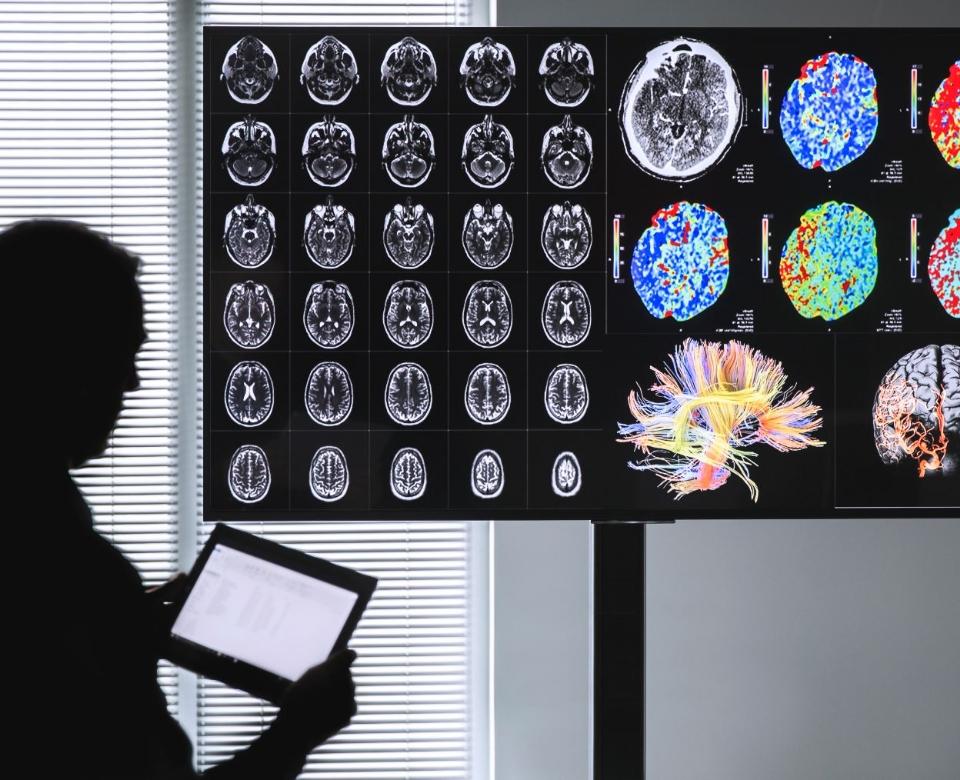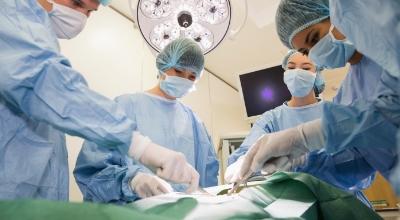Immersive & Medical Technologies
Augmented reality is upending many industrial sectors by offering a new way to perceive the environment.

Healthcare applications are one promising example.
With its expertise in computer vision, pose estimation, and 3D visualization, the Immersive & Medical Technologies lab designs components and platforms to augment the experiences of professionals and strengthen their effectiveness, particularly through augmented reality and virtual reality, in fields like industry and health. Users are at the heart of its thinking and its work, from the definition of needs to the testing of developed technologies. In the field of health care, the lab works with its medical partners on key technologies like image processing and medical videos, connectivity, and interoperability.
products & services



